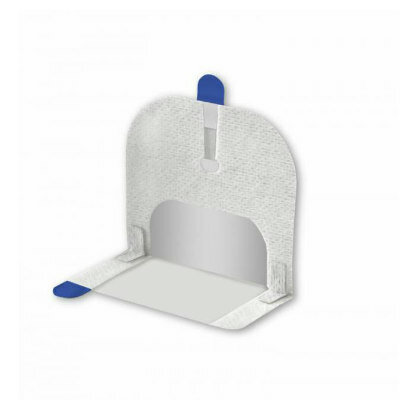MRI Scanner Developed for Lung Diseases
By MedImaging International staff writers
Posted on 09 Nov 2009
Individuals with chronic lung disease and asthma could soon be offered better treatment due to a new type of magnetic resonance imaging (MRI) scan being pioneered in the United Kingdom.Posted on 09 Nov 2009
A purpose-built MRI research unit has been established to study a range of respiratory diseases. The unit is based at the Queens Medical Center (Nottingham, UK), and it will allow doctors virtually to "see inside” the lungs of patients using a new, specifically adapted MRI scanner. The team of scientists and clinicians, from the University of Nottingham (UK), are working on a new technique using a specially treated harmless gas that the patient is given to inhale. Unlike air, this gas shows up clearly on an MRI scan, giving an exquisitely detailed picture of the lungs, their damaged and healthy areas. The new method also shows the gas being absorbed into the bloodstream, which will give doctors a clear idea of how well or poorly the different parts of the lungs are transferring life-sustaining oxygen. The scans could also be used to guide treatment or to guide surgeons performing lung reduction operations.

Image: From left, Professor Ian Hall, Dr. Kevin Teh, Professor Peter Morris, and Dr. Mike Barlow with the purpose-built MRI research unit for diagnosis of lung disease (Photo courtesy of the University of Nottingham).
The diseases to be studied using the new type of scan include asthma, lung fibrosis, and chronic obstructive pulmonary disease (COPD). These diseases are a major health burden: for example COPD is among the top five causes of death and disability in the United Kingdom with about one million sufferers. It is caused by inhalation of poisonous gases or particles, most typically in smoking, although some working environments, e.g., coal mining, are also known triggers. COPD accounts for more time off work than any other illness and places a huge burden on health care.
At present, X-rays or CT scans are used to investigate lung diseases. But X-rays and CT scans only show the structure of the lung and do not reveal any detail on how well the lungs are functioning. They also involve a small exposure to radiation, which can limit repeat scanning.
The MRI imaging technique to be used in the trials will use a gas called xenon 129. The xenon is "hyperpolarized,” using lasers that make the gas particles detectable in the MR scanner. While this approach has been tried previously using helium 3, this gas is difficult to obtain and hence is unsuitable for routine clinical work. Xenon 129 is easy to obtain and thus has the potential to be used widely in the clinic.
The team of scientists and clinicians at the University has won around £3 million from a range of sources to fund the building of the customized facility at the Queen's Medical Center. It will also pay for clinical trials of the technique and to develop better hyperpolarization equipment to supply the gas needed. A new member of staff, physicist Prof. Thomas Meersman, has been appointed from Colorado State University (Fort Collins, USA) to help lead the hyperpolarization research.
The project is being led by Prof. Ian Hall in the medical school and Prof. Peter Morris, director of the Sir Peter Mansfield MRI Center. Prof. Hall said, "This research has huge implications for the treatment and monitoring of lung disease. We are very excited to be able to combine our world-renowned MRI knowledge with the clinical expertise at the Queen's Medical Center in Nottingham to try and develop hyperpolarized xenon MRI as the diagnostic and therapeutic monitoring tool of choice for lung-related diseases in the future.”
Related Links:
University of Nottingham













